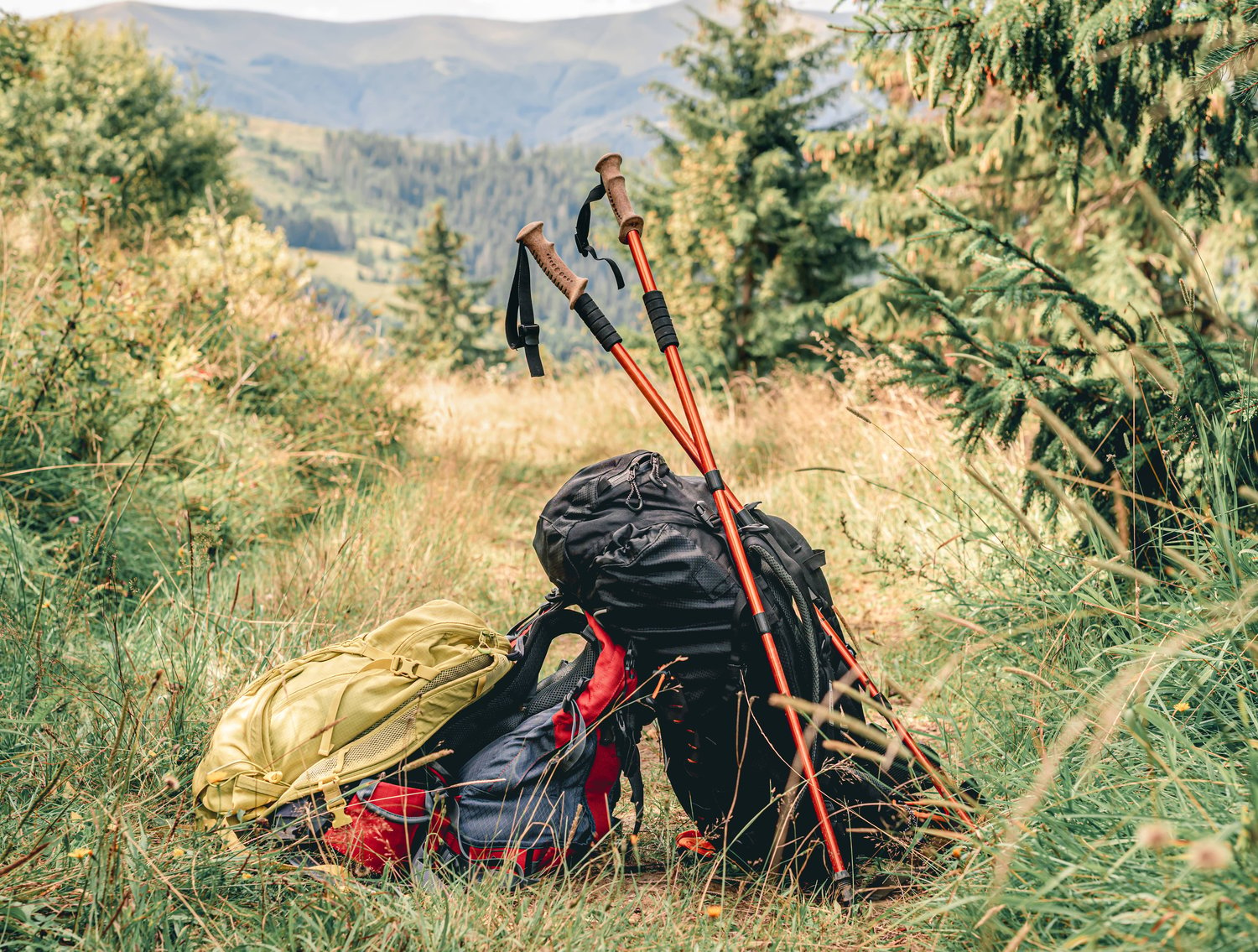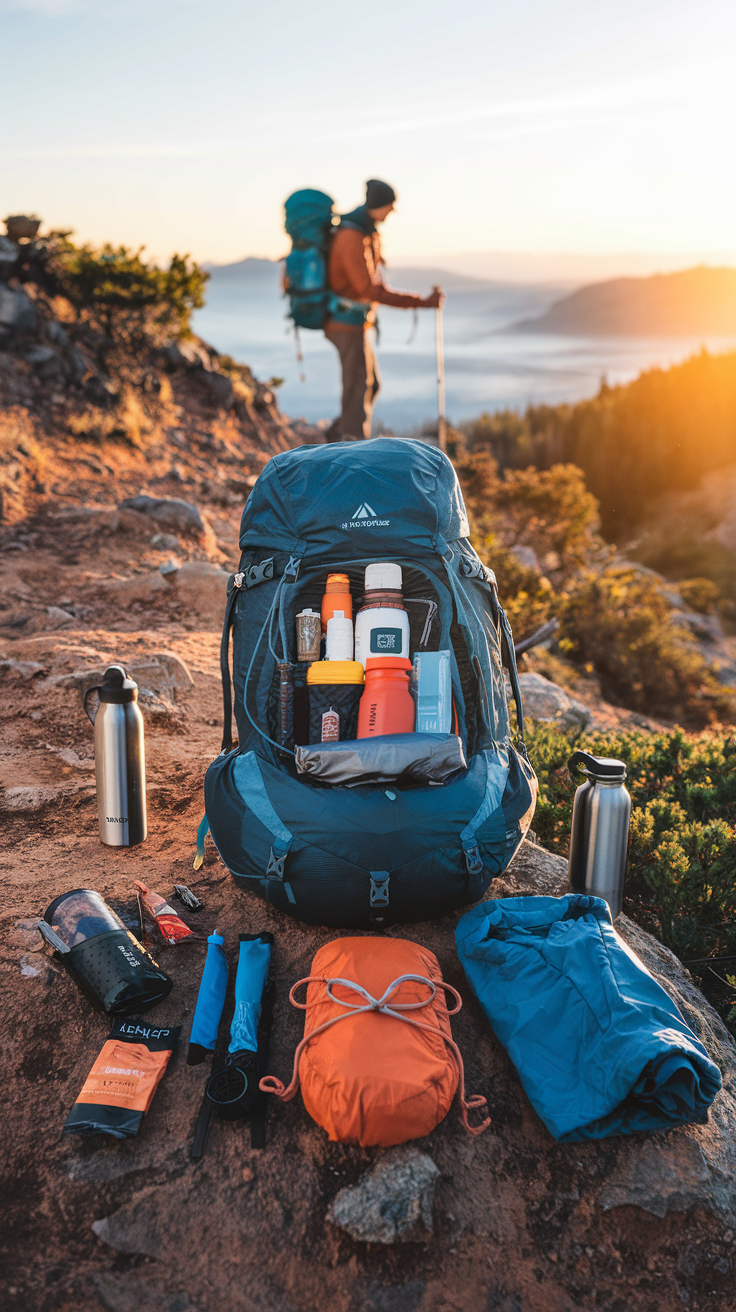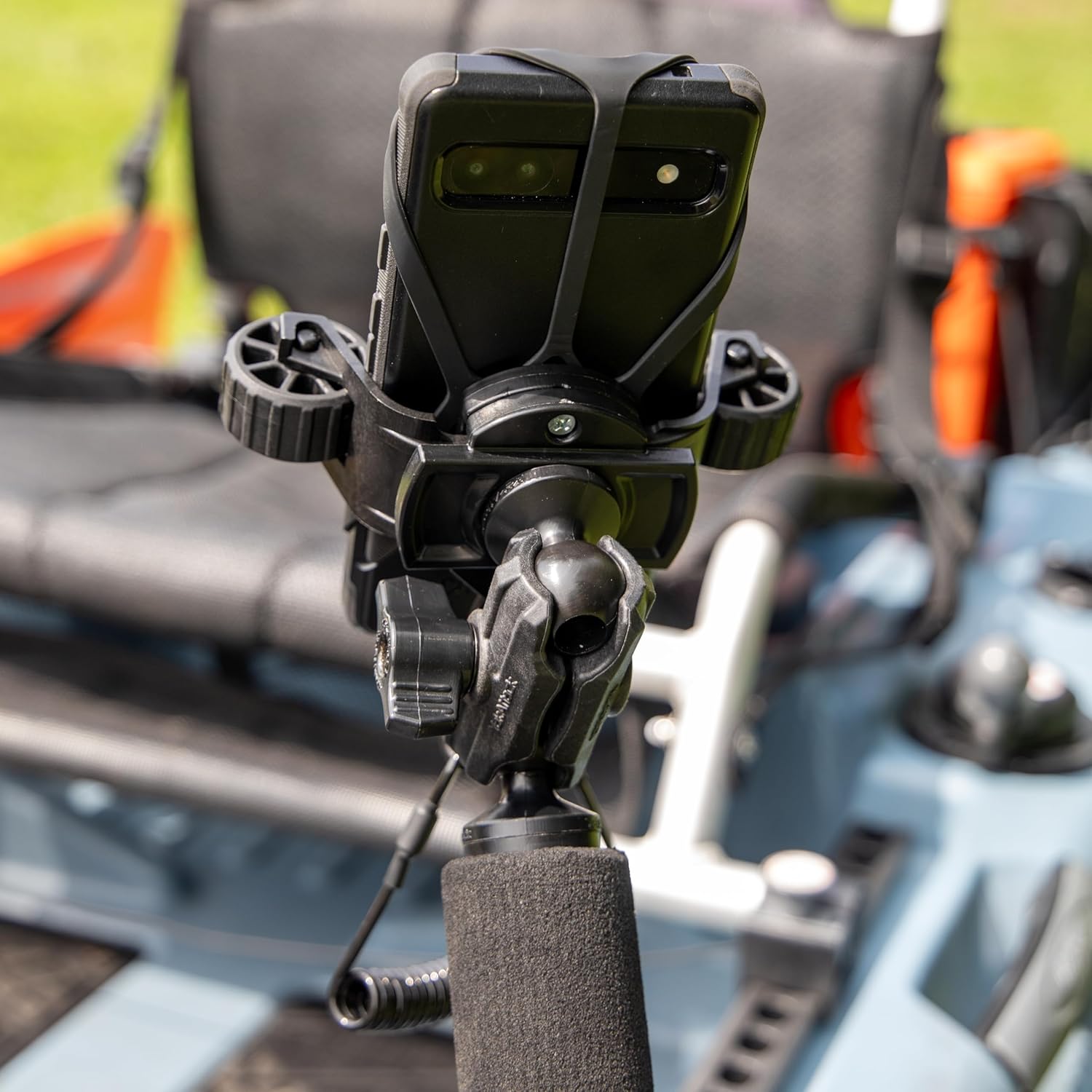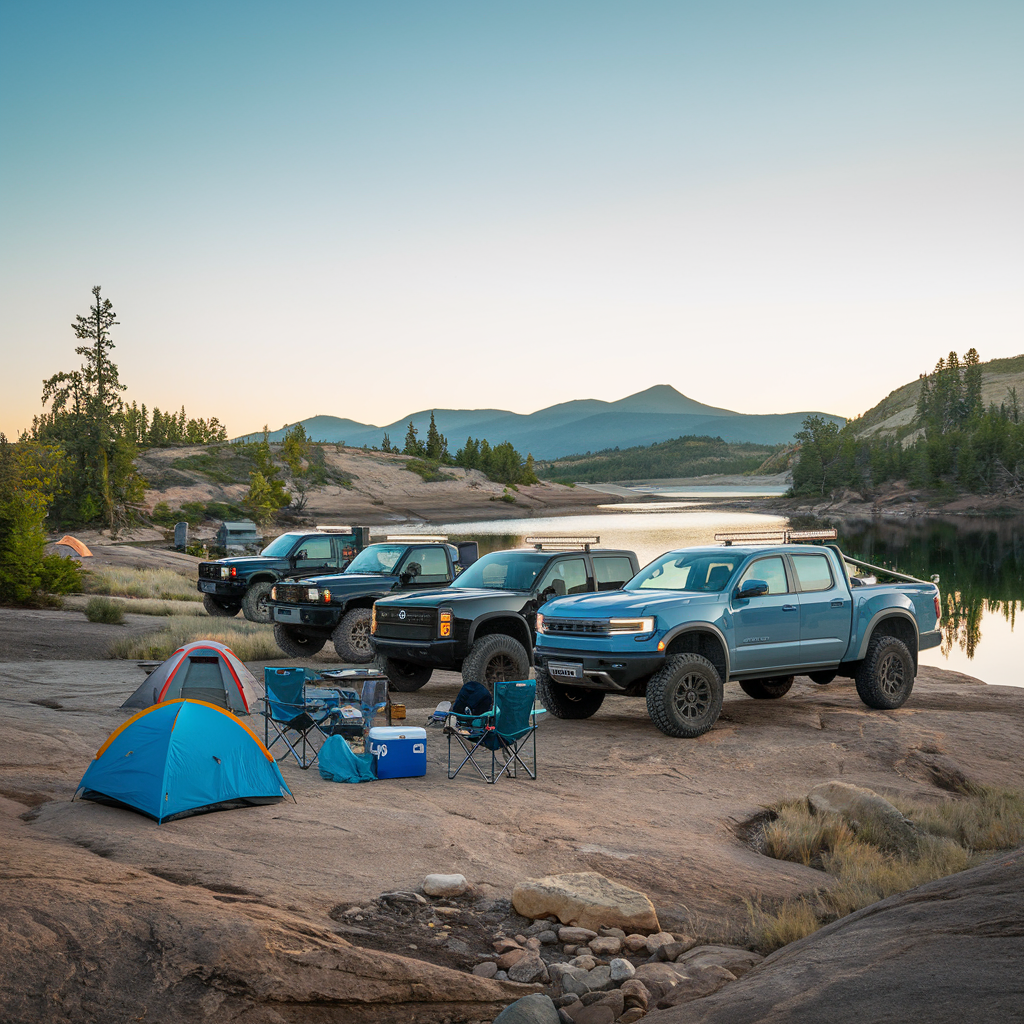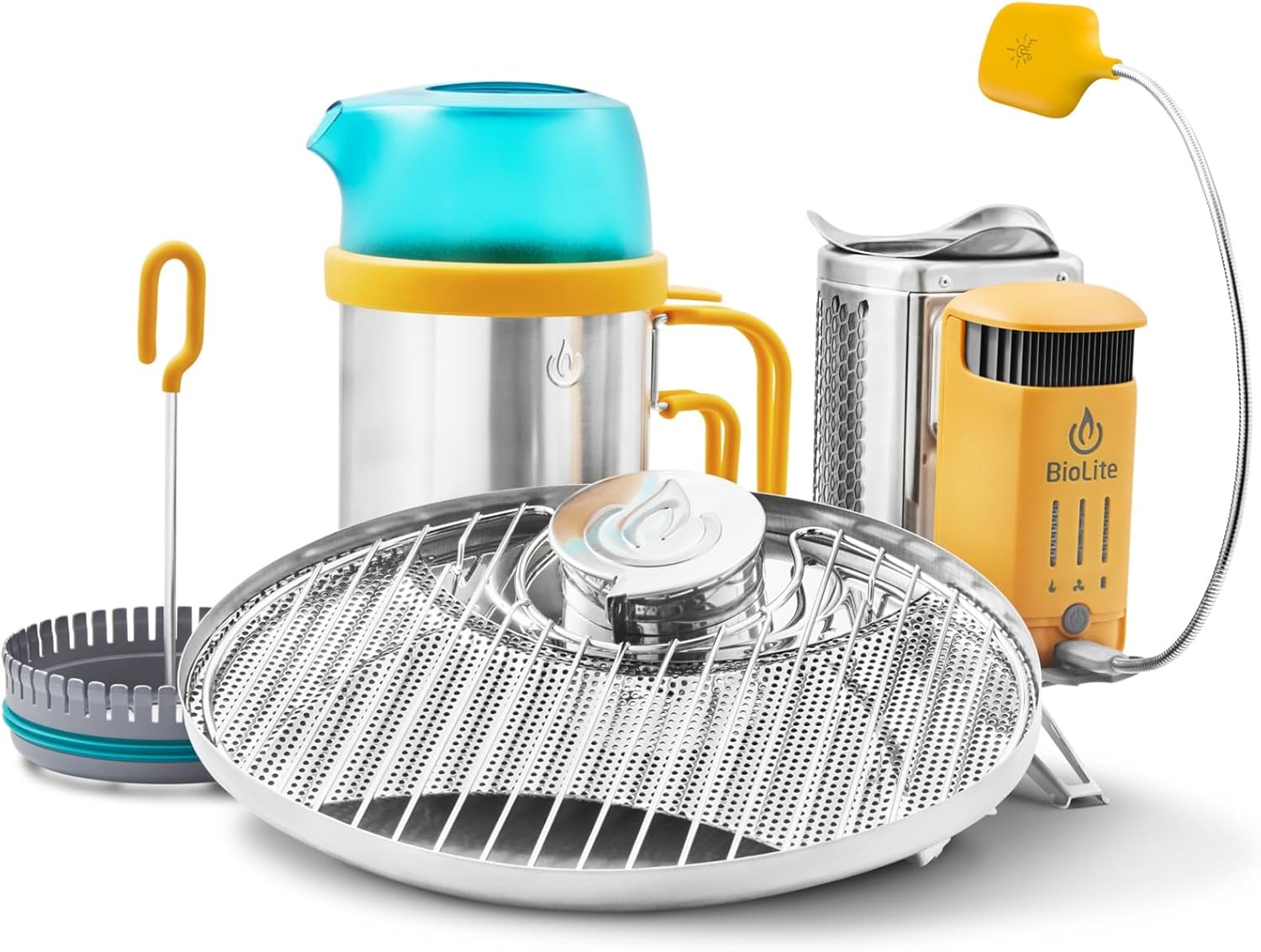Backpacking is an incredible way to explore the great outdoors, but having the right gear is essential for a safe and enjoyable adventure. Whether you’re a seasoned hiker or a beginner, this backpacking gear list will ensure you’re prepared for anything the trail throws your way. From shelter and clothing to navigation and cooking essentials, we’ve got you covered with expert recommendations and tips.
Why a Backpacking Gear List is Important
A well-planned backpacking gear list ensures you:
- Stay Safe: Have the essentials for emergencies and unexpected situations.
- Travel Light: Avoid overpacking and unnecessary weight.
- Stay Comfortable: Have the right gear for varying weather and terrain.
- Maximize Enjoyment: Focus on the adventure instead of worrying about missing items.
Essential Backpacking Gear List for 2025
Here’s a comprehensive breakdown of the essential gear you’ll need for your backpacking trip, categorized for easy reference.
1. Shelter and Sleep System
Key Items:
- Backpacking Tent: Lightweight and weather-resistant.
- Sleeping Bag: Rated for the expected temperature range.
- Sleeping Pad: Provides insulation and comfort.
- Pillow: Compact and inflatable for added comfort.
Top Picks:
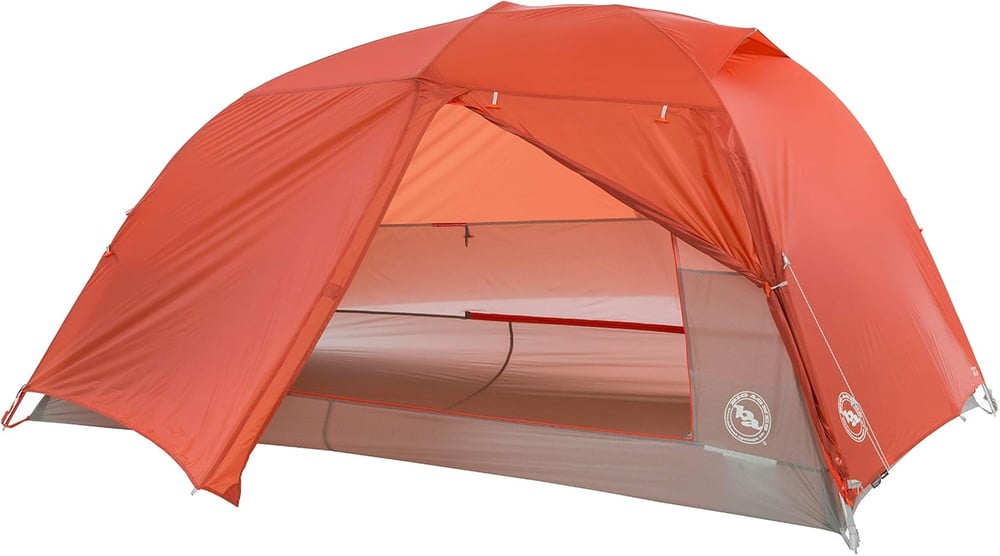

- Sleeping Bag: REI Co-op Magma 15
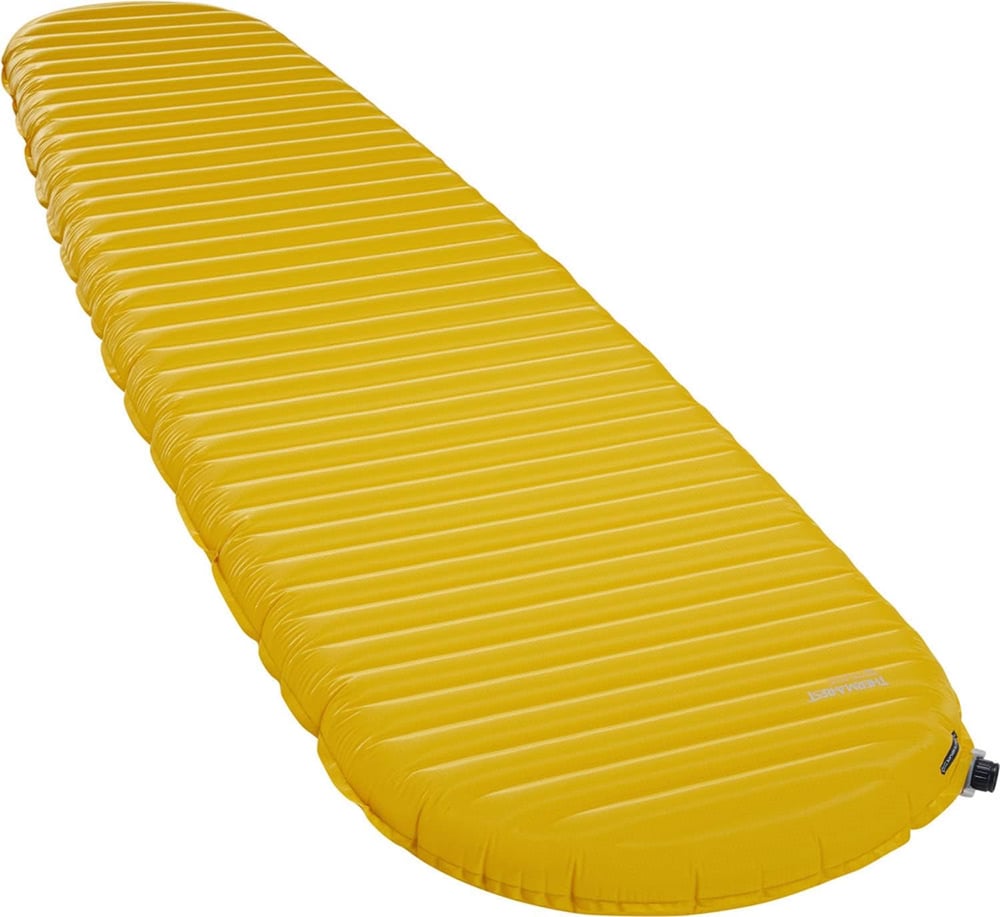
- Sleeping Pad: Therm-a-Rest NeoAir XLite
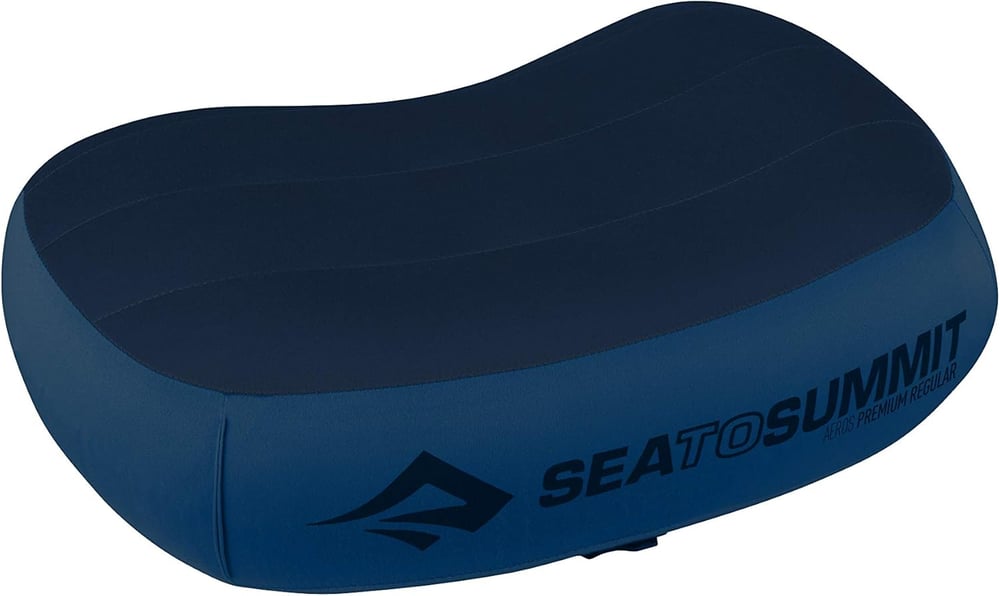
- Pillow: Sea to Summit Aeros Pillow
2. Clothing and Footwear
Key Items:
- Base Layers: Moisture-wicking and quick-drying.
- Insulating Layers: Fleece or down jacket for warmth.
- Outer Layers: Waterproof and windproof jacket and pants.
- Hiking Boots or Shoes: Comfortable and supportive.
- Socks: Moisture-wicking and blister-resistant.
- Hat and Gloves: For sun protection and warmth.
Top Picks:
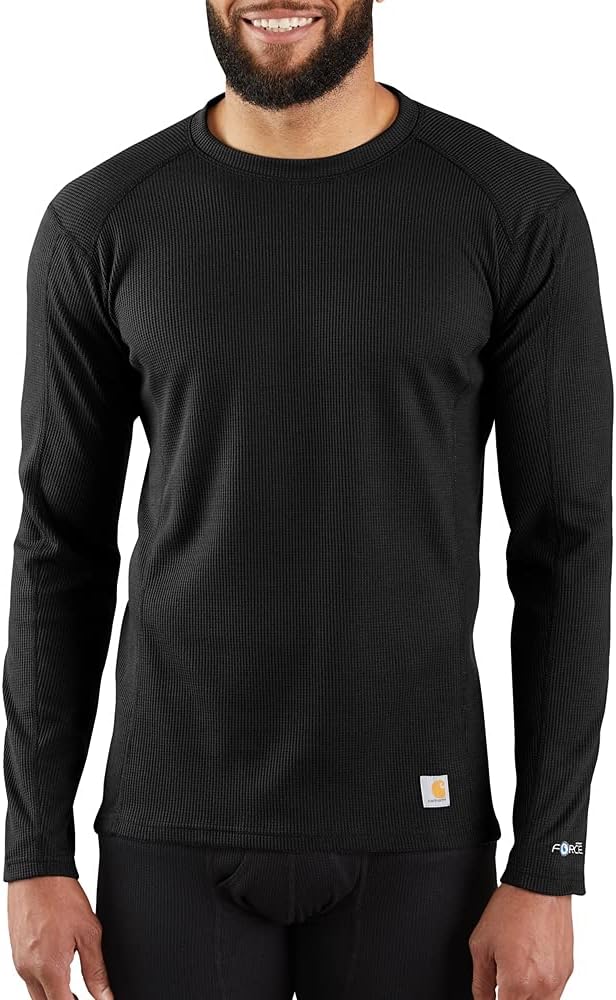
- Base Layer: Patagonia Capilene Midweight

- Insulating Layer: Arc’teryx Cerium LT Hoody
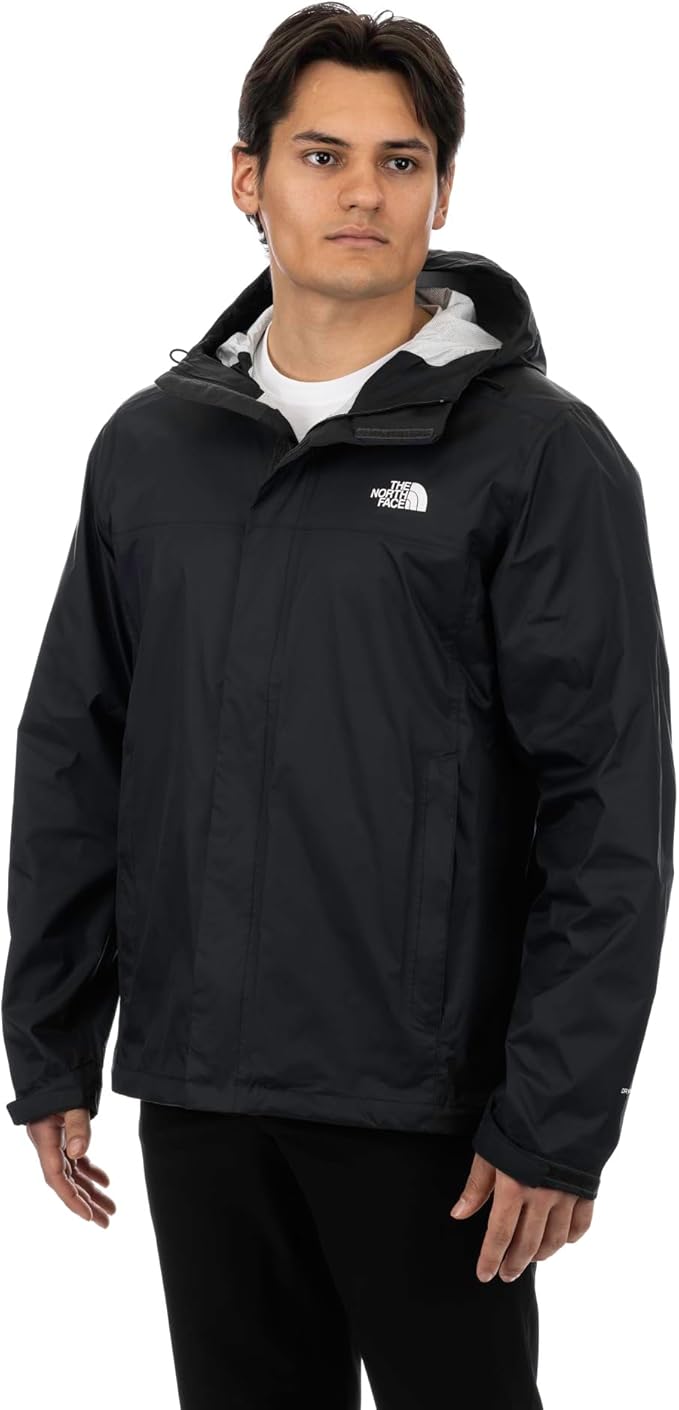
- Outer Layer: The North Face Venture 2 Jacket
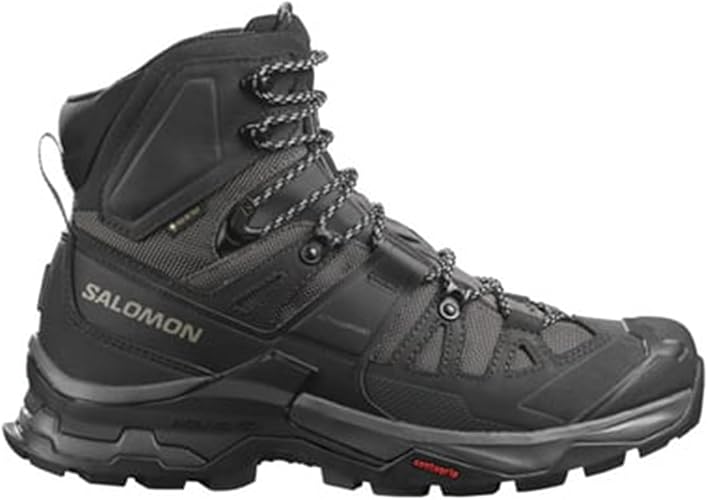
- Hiking Boots: Salomon Quest 4 Gore-Tex

- Socks: Darn Tough Hiker Socks
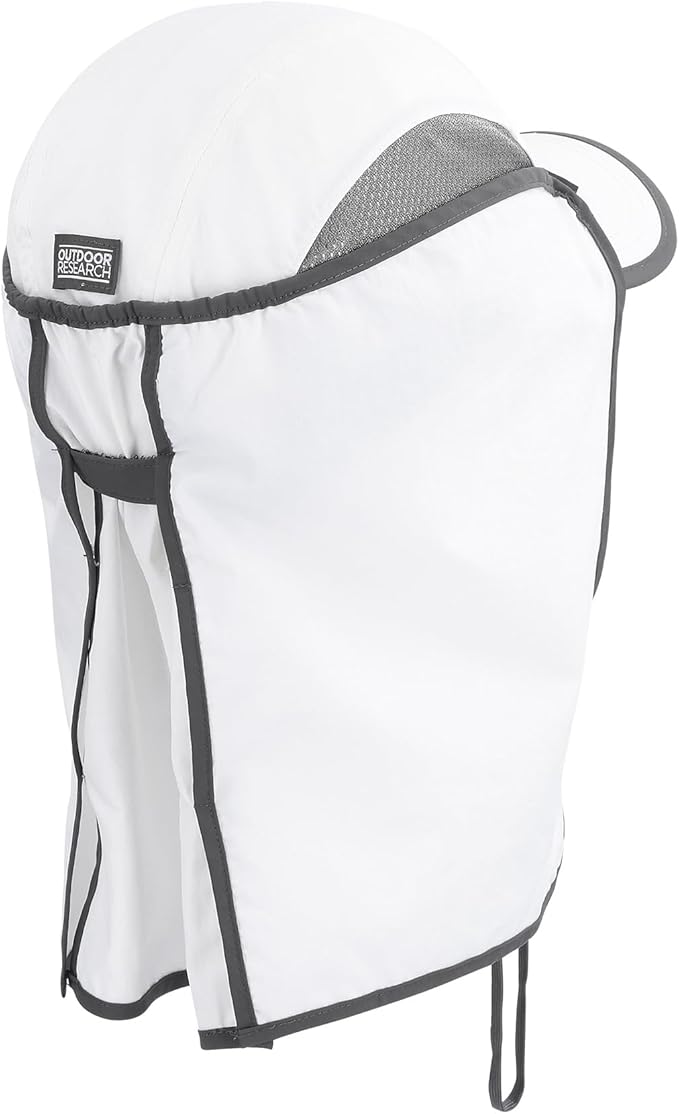
- Hat and Gloves: Outdoor Research Sun Runner Cap and Black Diamond Lightweight Gloves

3. Navigation and Safety
Key Items:
- Map and Compass: Essential for navigation.
- GPS Device: For accurate tracking and route planning.
- Headlamp: Hands-free lighting with extra batteries.
- First Aid Kit: Includes bandages, antiseptic, and medications.
- Whistle and Signal Mirror: For emergencies.
- Multi-Tool: Versatile tool for repairs and tasks.
Top Picks:
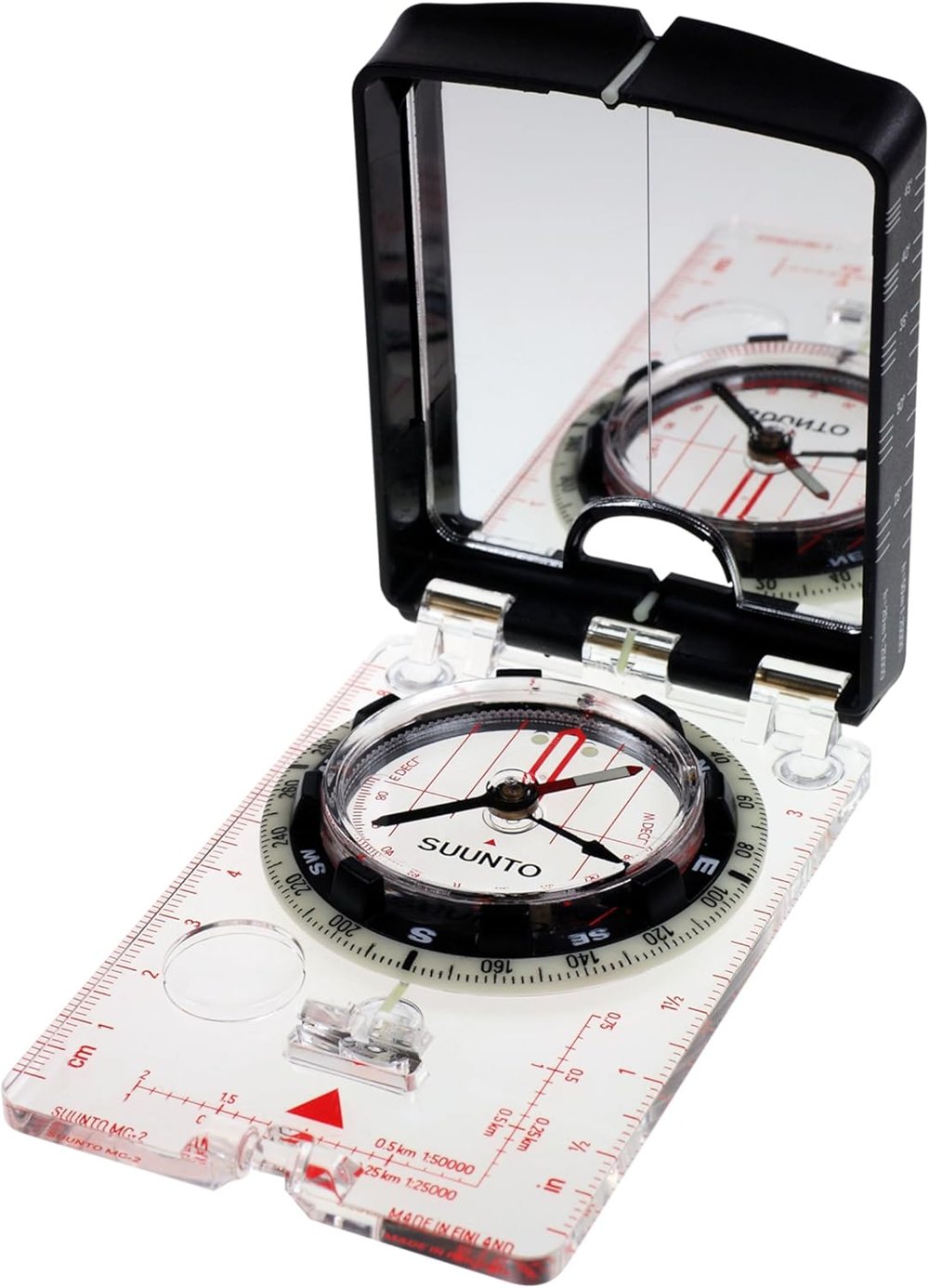
- Map and Compass: Suunto MC-2 Compass

- GPS Device: Garmin inReach Mini 2
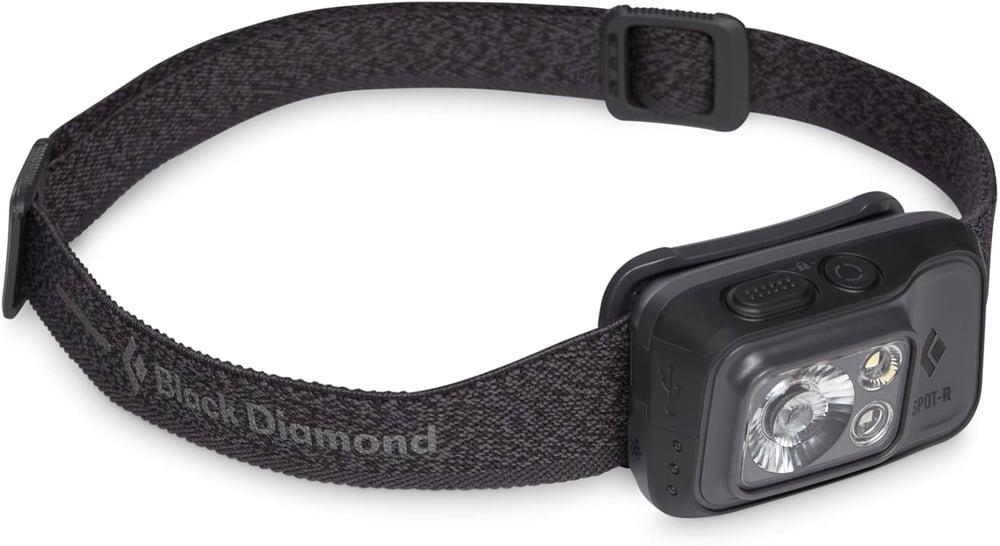
- Headlamp: Black Diamond Spot 400-R
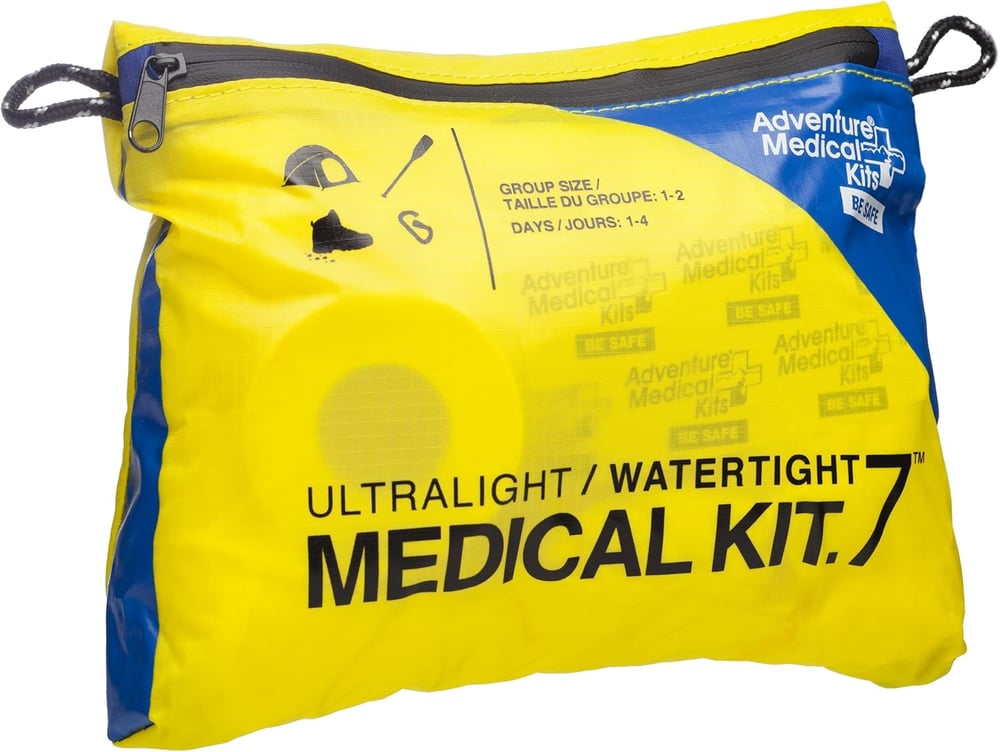
- First Aid Kit: Adventure Medical Kits Ultralight/Watertight .7
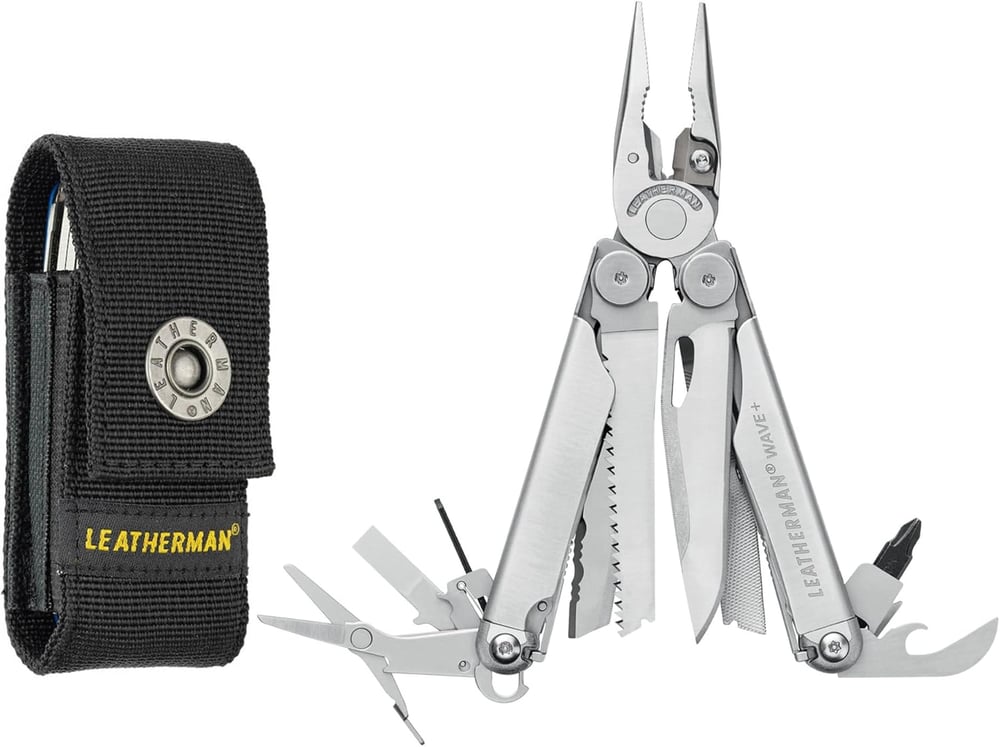
- Multi-Tool: Leatherman Wave Plus
4. Cooking and Hydration
Key Items:
- Backpacking Stove: Lightweight and efficient.
- Cooking Pot and Utensils: Compact and durable.
- Water Filter or Purifier: For safe drinking water.
- Hydration Bladder or Water Bottles: Easy access to water.
- Food: Lightweight, calorie-dense, and easy to prepare.
Top Picks:
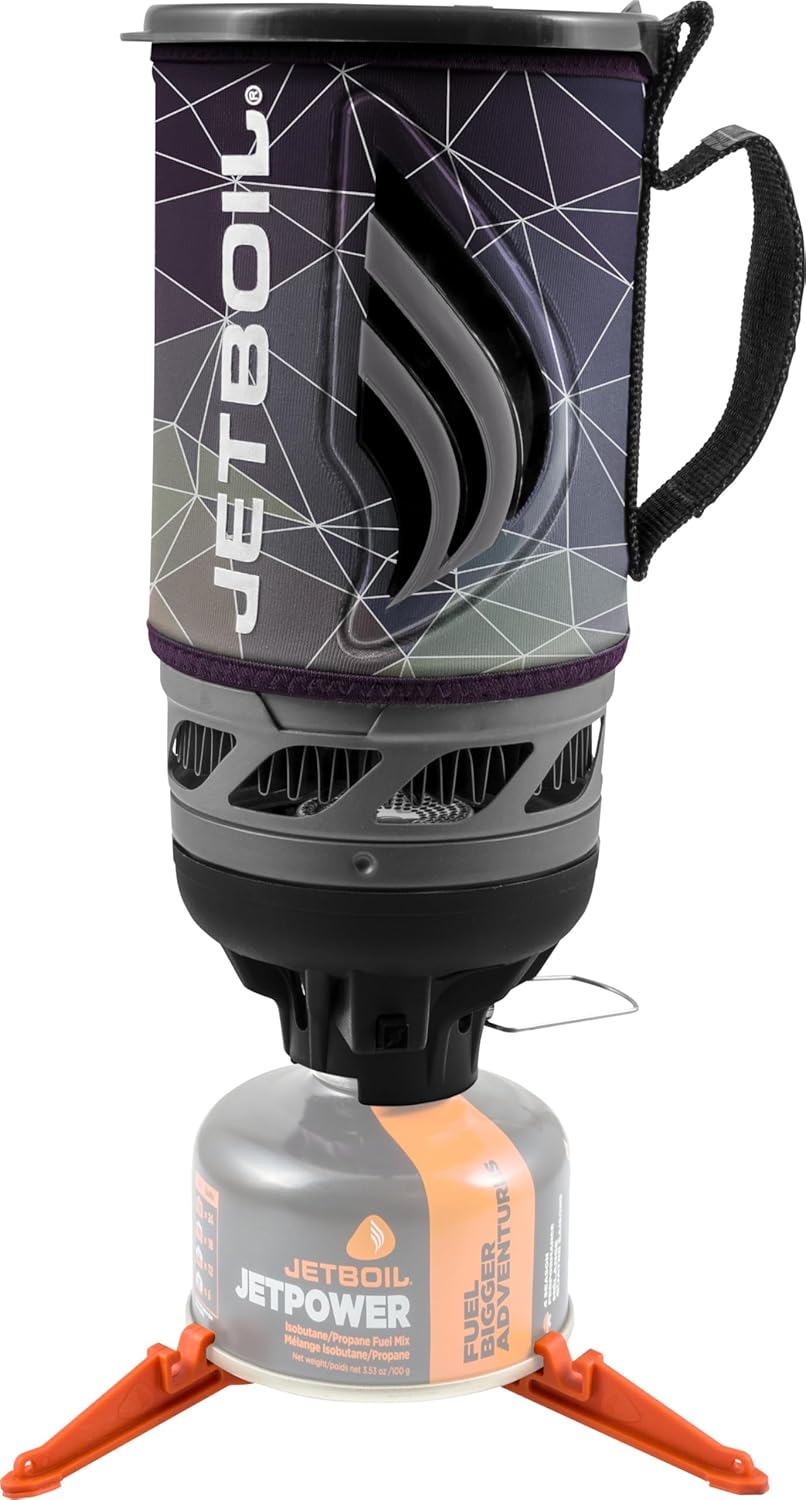
- Stove: Jetboil Flash Cooking System

- Cooking Pot: MSR Quick 2 System
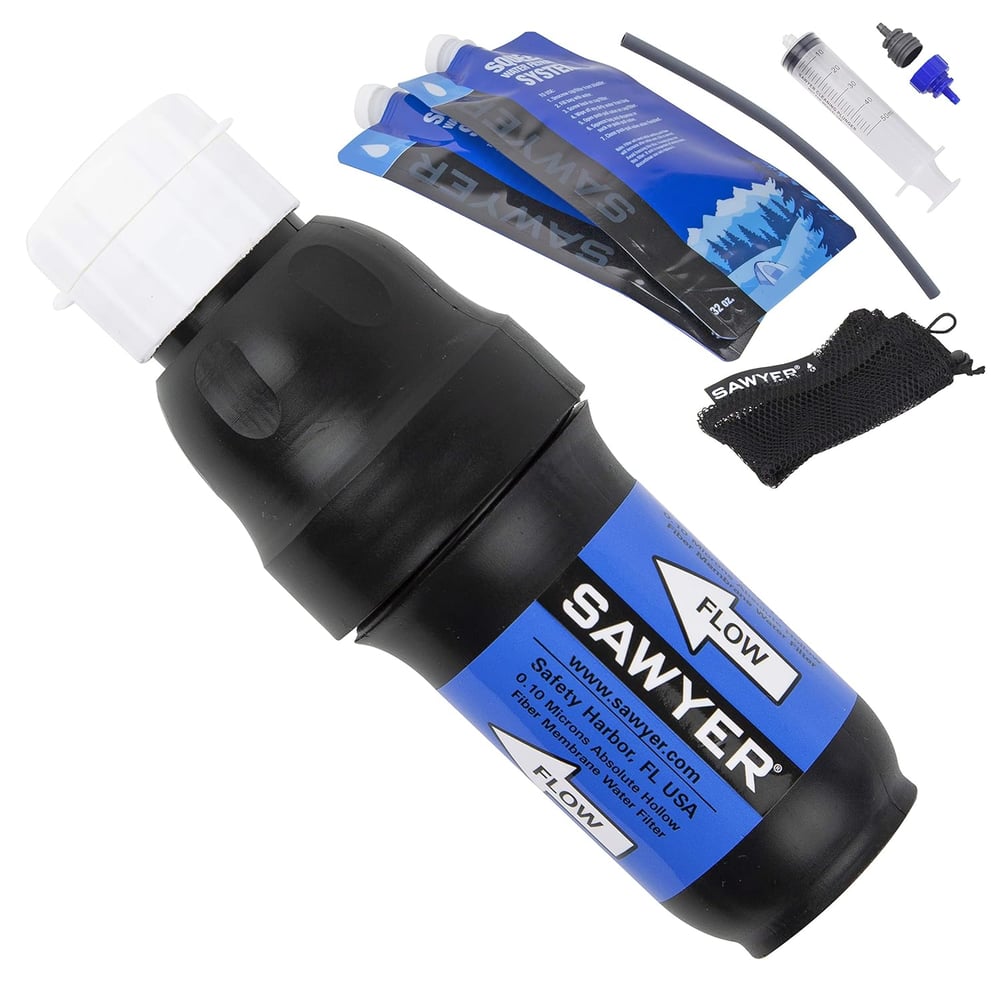
- Water Filter: Sawyer Squeeze Water Filter
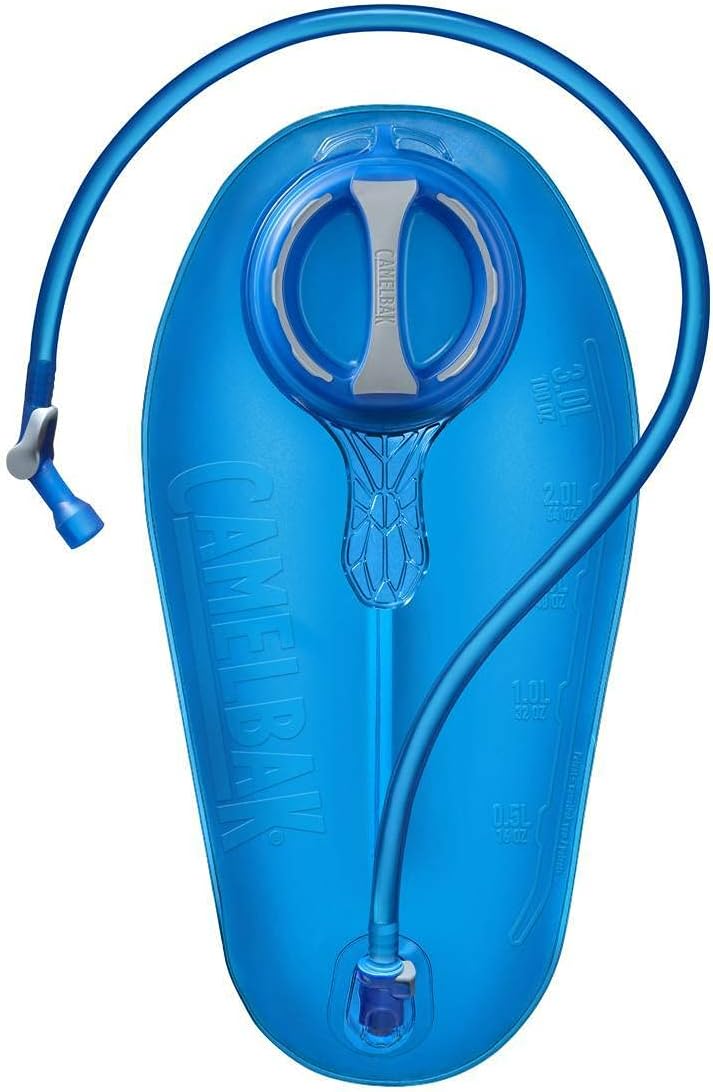
- Hydration Bladder: CamelBak Crux Reservoir

5. Backpack and Organization
Key Items:
- Backpack: Comfortable and appropriately sized for your trip.
- Dry Bags or Packing Cubes: Keep gear organized and dry.
- Rain Cover: Protects your backpack from wet weather.
Top Picks:
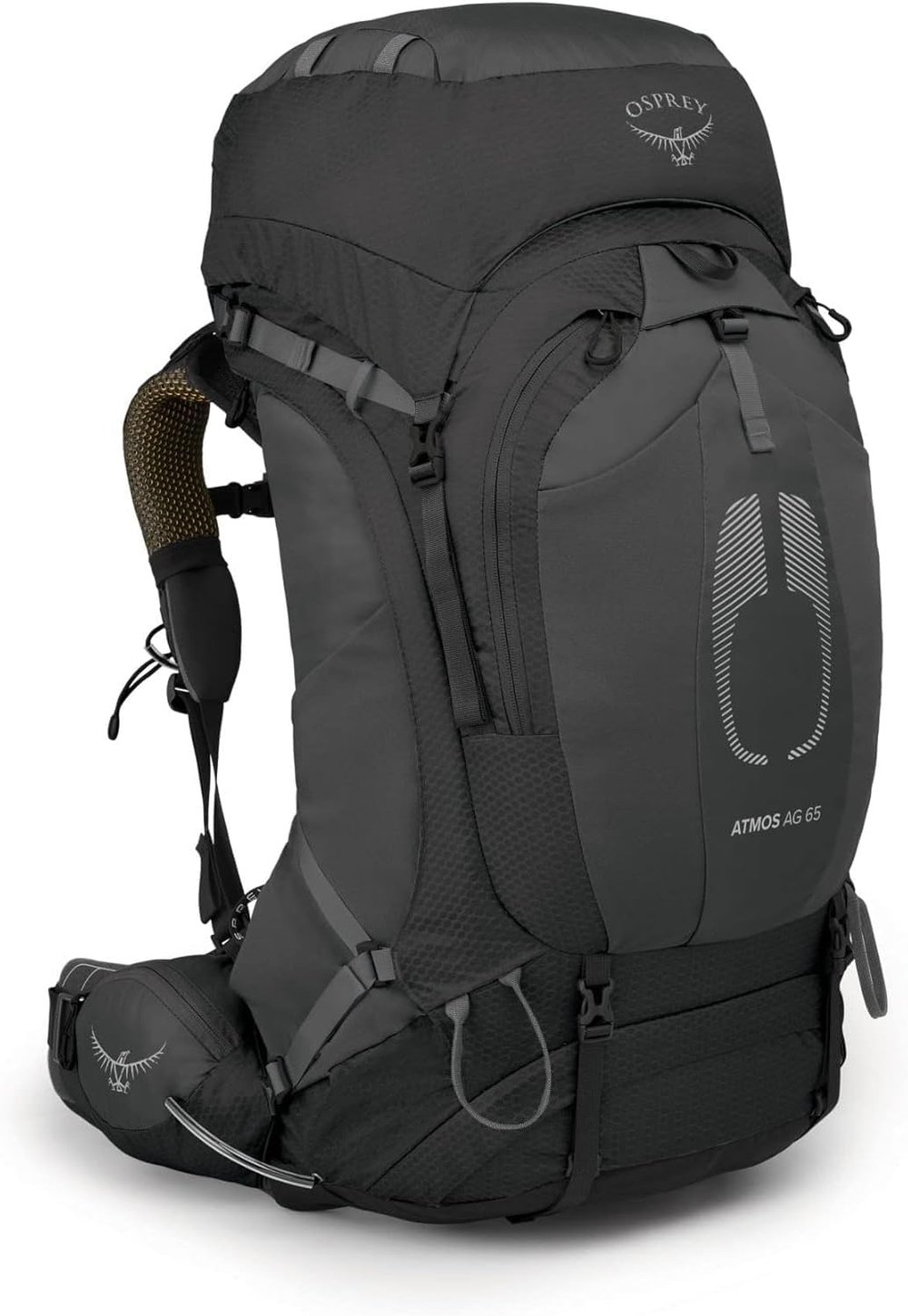
- Backpack: Osprey Atmos AG 65

- Dry Bags: Sea to Summit Ultra-Sil Dry Sack
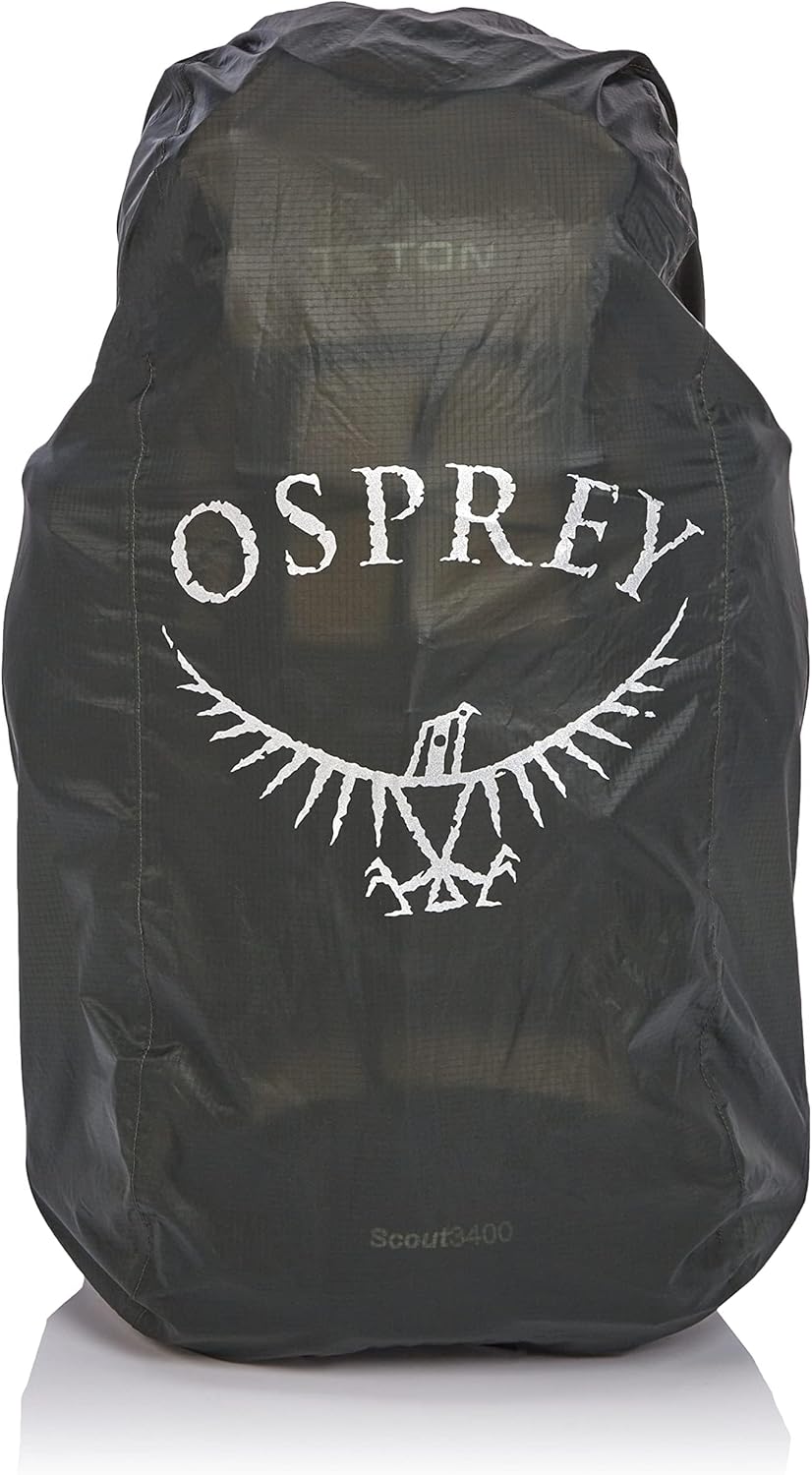
- Rain Cover: Osprey Ultralight Raincover
6. Personal Items and Extras
Key Items:
- Toiletries: Toothbrush, toothpaste, biodegradable soap, etc.
- Sunscreen and Lip Balm: Protect against UV rays.
- Insect Repellent: Keep bugs at bay.
- Trekking Poles: Provide stability and reduce strain.
- Camera or Smartphone: Capture memories.
Top Picks:
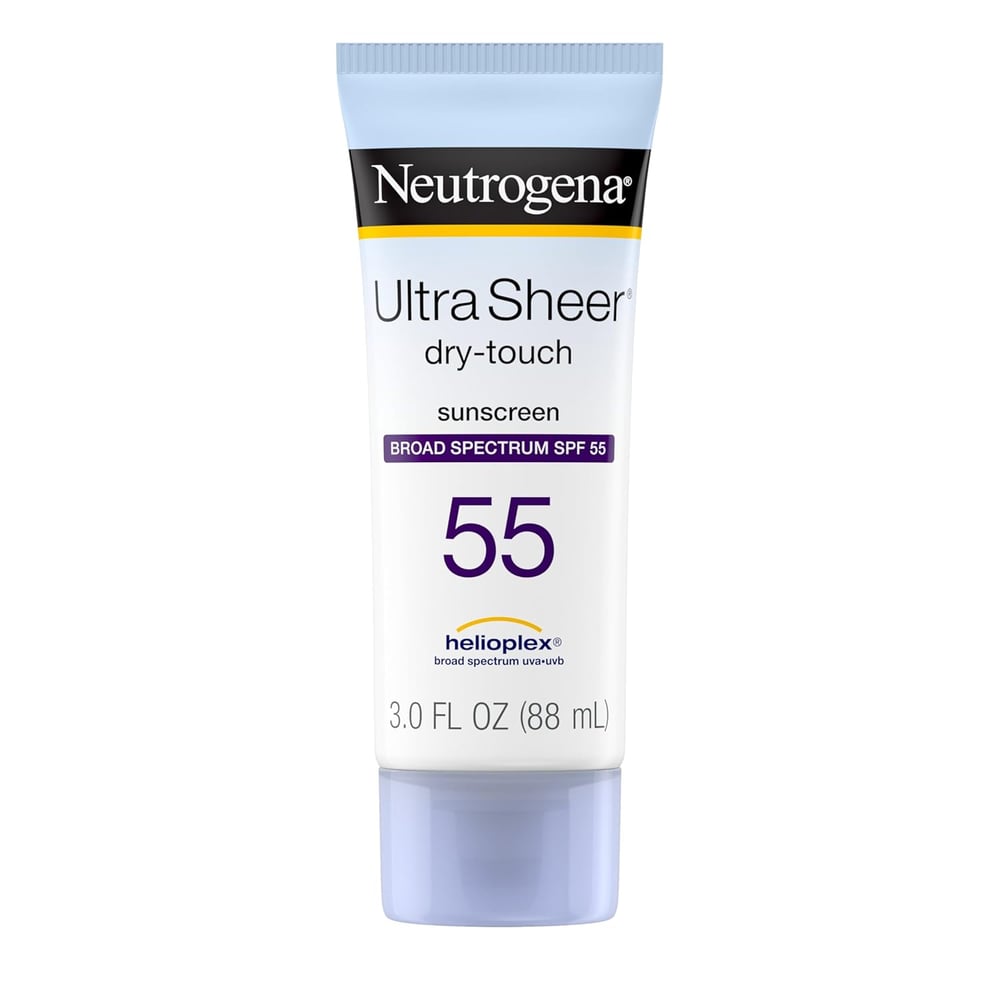
- Sunscreen: Neutrogena Ultra Sheer Dry-Touch SPF 55
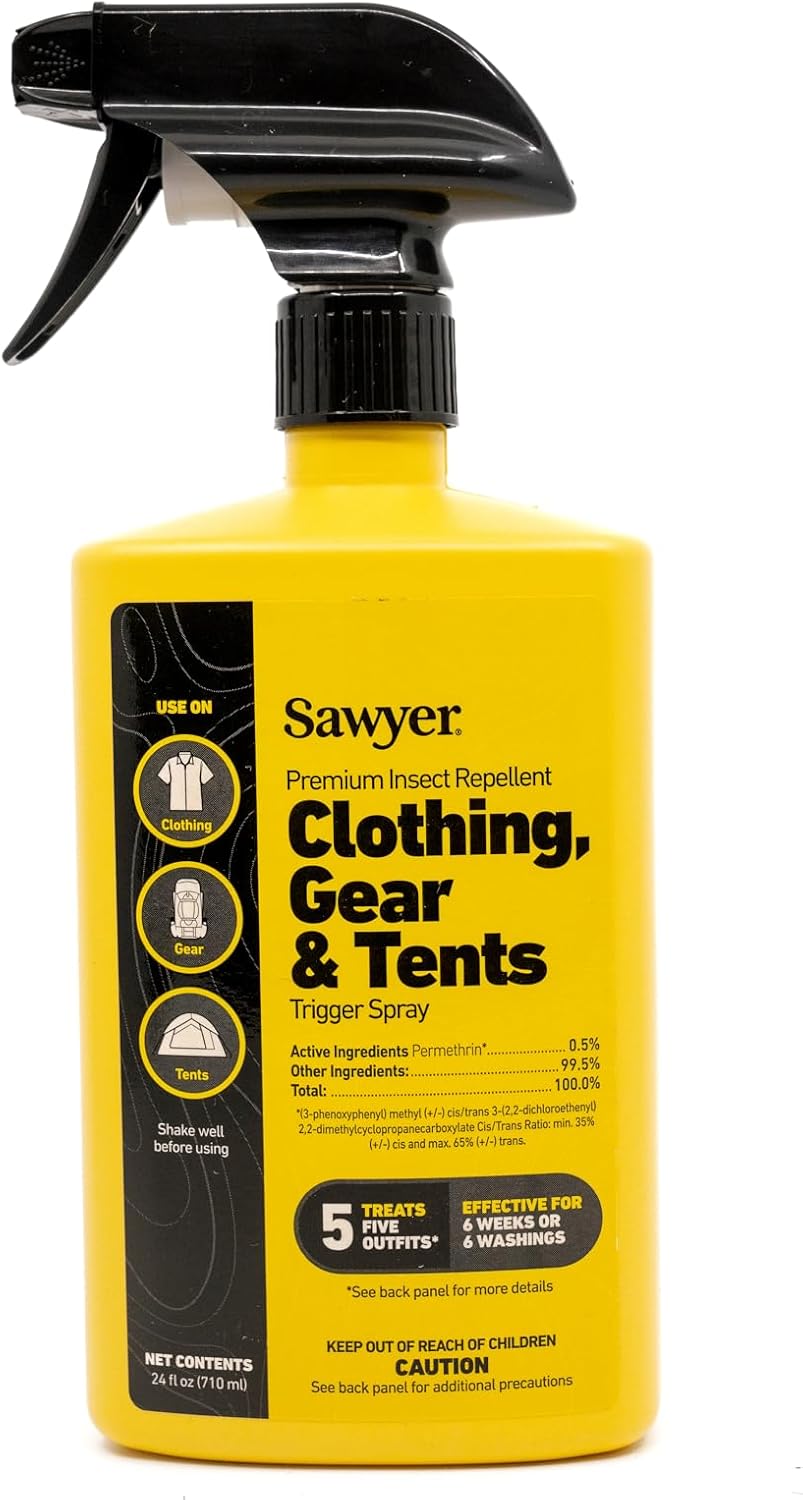
- Insect Repellent: Sawyer Picaridin Insect Repellent

- Trekking Poles: Black Diamond Trail Pro Shock Poles
Expert Tips for Backpacking
Here are some expert tips to make your backpacking trip a success:
- Pack Light: Aim for a base weight (excluding food and water) of 15-20 pounds.
- Test Your Gear: Try out your gear before your trip to ensure it works and fits.
- Plan Your Meals: Choose lightweight, calorie-dense foods and pack extra snacks.
- Stay Hydrated: Drink plenty of water and purify water from natural sources.
- Leave No Trace: Follow Leave No Trace principles to protect the environment.
FAQs About Backpacking Gear
1. How do I choose the right backpack size?
Choose a backpack based on the length of your trip and the volume of gear you need. A 50-70 liter pack is ideal for most multi-day trips.
2. What’s the best way to pack a backpack?
Place heavy items close to your back and centered in the pack. Use dry bags or packing cubes to organize gear.
3. How do I stay warm at night?
Use a sleeping bag rated for the expected temperature and a sleeping pad for insulation. Wear dry base layers to bed.
4. Can I use a regular water bottle instead of a hydration bladder?
Yes, but a hydration bladder allows for easier access to water while hiking.
By following this guide, you’ll be able to create the perfect backpacking gear list for your next adventure.



